-
Doctors
-
Specialities & Treatments
Centre of Excellence
Specialties
Treatments and Procedures
Hospitals & Directions HyderabadCARE Hospitals, Banjara Hills CARE Outpatient Centre, Banjara Hills CARE Hospitals, HITEC City CARE Hospitals, Nampally Gurunanak CARE Hospitals, Musheerabad CARE Hospitals Outpatient Centre, HITEC City CARE Hospitals, Malakpet
HyderabadCARE Hospitals, Banjara Hills CARE Outpatient Centre, Banjara Hills CARE Hospitals, HITEC City CARE Hospitals, Nampally Gurunanak CARE Hospitals, Musheerabad CARE Hospitals Outpatient Centre, HITEC City CARE Hospitals, Malakpet Raipur
Raipur
 Bhubaneswar
Bhubaneswar Visakhapatnam
Visakhapatnam
 Nagpur
Nagpur
 Indore
Indore
 Chh. Sambhajinagar
Chh. SambhajinagarClinics & Medical Centers
Book an AppointmentContact Us
Online Lab Reports
Book an Appointment
Consult Super-Specialist Doctors at CARE Hospitals
Cluster Headache: Symptoms, Causes, Diagnosis and Treatment
Updated on 26 February 2024
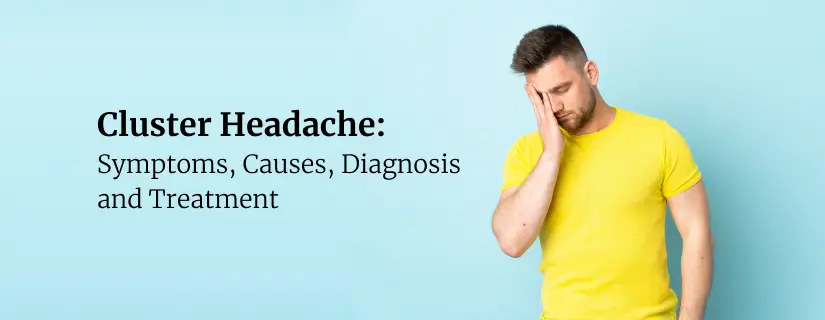
Cluster headaches are very painful headaches that happen in groups or ‘clusters’ over weeks or months. They are more common in men than women. Let’s understand the symptoms, causes, diagnosis, treatments, home remedies, and prevention of cluster headaches. You will also understand when to see a doctor for this condition.
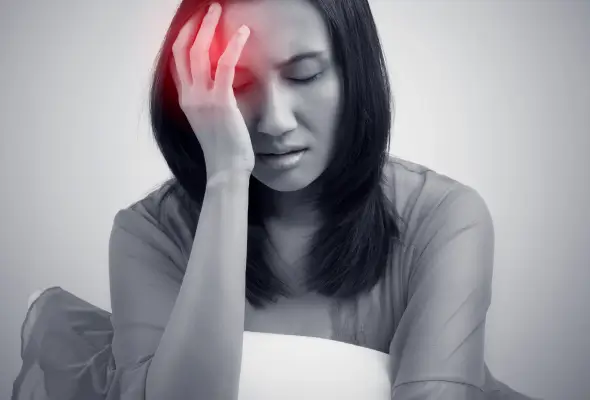
What are Cluster Headaches?
Cluster headaches are severe, unilateral headaches that occur in clusters or cycles lasting weeks to months. They are characterised by extreme pain around or behind one eye or one side of the head. Cluster headache attacks can last 15 minutes to 3 hours and tend to happen at the same time daily, often waking people from sleep. The pain starts and stops abruptly. There are two types:
Episodic cluster headaches occur in periods or clusters separated by pain-free remission periods.
Long-lasting chronic cluster headaches have cycles that persist for more than a year without any period of relief or with relief lasting less than one month.
Symptoms of Cluster Headache
The most common cluster headache symptoms include:
- Excruciating stabbing or piercing pain, usually around, behind, or above one eye or on one side of the head
- Restlessness and agitation
- Watery eyes and nasal congestion on the painful side
- Redness and swelling around the eye
- Sweating on the forehead and face
- Facial flushing or paleness
- Drooping or swollen eyelid on the painful side
- The inability to keep still, frequently pacing around due to the severity of the pain
Causes of Cluster Headache
The exact causes are unknown but may involve overactivity of the hypothalamus which regulates circadian rhythms.
Triggers for cluster headaches can include:
- Drinking alcohol
- High altitudes
- Weather changes
- Certain foods like chocolate or citrus fruits
- Strong smells like perfume, paint, etc.
- Hormonal changes
Risk Factors
Factors that increase cluster headache risk include:
- Being male - They are 3-4 times more common in men
- Age - Most people develop them between ages 20 and 50
- Family history - Having a close relative with cluster headaches
- Smoking and tobacco use
- Use of alcohol during an active cluster period
Diagnosis
Since there are no definitive diagnostic tests for cluster headaches, the diagnosis relies on:
- Clinical Evaluation – The doctor thoroughly evaluates the typical pattern, symptoms, severity, and timing.
- Differential Diagnosis – Other causes like migraines, sinus infection, aneurysm, and more are ruled out.
- Headache Diary – Tracking details like frequency, length, symptoms, triggers etc. in a diary further aids diagnosis.
Your doctor may order imaging or eye tests to rule out problems like an aneurysm compressing cranial nerves. Keeping a detailed headache diary is vital in helping distinguish episodic vs chronic cluster headaches as well.
Treatment
Treating cluster headaches aims to rapidly stop attacks and prevent future attacks through:
- Abortive Medications
- Fast-acting abortive medications used to halt attacks include:
- Sumatriptan - Injection or nasal spray formulation
- High-flow oxygen – Constricts blood vessels through vasoconstriction
- Local anaesthetic nasal sprays containing lidocaine or cocaine
- Transitional Medications
- Transitional or intermediate medications used short-term between attack clusters include:
- Corticosteroids like prednisone – Reduce nerve inflammation
- Calcium channel blockers like verapamil – Calm nerve signalling
- Lithium – Stabilises neurotransmitters like serotonin
- Preventive Medications
- Daily medications taken regularly to prevent future attack cycles:
- Calcium channel blockers
- Anti-seizure medications – valproic acid, topiramate
- Steroid regimens like prednisone tapers
- Botox injections every 3 months
Home Remedies for Cluster Headaches
Home remedies that may help manage cluster headaches:
- Cold or hot compresses - Apply an ice pack or heating pad on the painful areas of your head.
- Peppermint oil - Apply diluted peppermint essential oil to the forehead and temples. Its menthol content helps relieve headaches.
- Ginger - Has anti-inflammatory properties that may ease headaches when consumed as tea or supplements.
- Avoid triggers like alcohol, certain foods, strong smells, etc.
- Rest in a quiet, dark room until the attack passes. Light and sound can worsen the pain.
When Should I see a Doctor for a Cluster Headache?
Consult a doctor urgently if you experience:
- First onset of a possible cluster headache
- Worsening or changed patterns of existing headaches
- Sudden, severe, or thunderclap headaches
See a doctor if OTC medications don’t relieve your cluster headache pain. Also, evaluate what possible overuse of medication could cause your headache.
Prevention
Key strategies to prevent cluster headaches include:
- Avoid Triggers
- Prevent attacks by avoiding potential triggers like:
- Drinking alcohol
- Exposure to strong smells
- Skipped or irregular meals
- Lack of sleep or insomnia
- Stress, tension, anxiety
- Smoking and nicotine products
- Lifestyle Modifications
- Practice relaxation techniques like yoga, mindfulness meditation
- Follow consistent 7-9 hour sleep routines
- Eat regular, nutritious low-sodium meals
- Exercise regularly to release endorphins
- Consider Preventive Medication
- For recurrent episodic cluster headaches or chronic cluster headaches, daily preventive medications can make a big difference and may even induce longer remissions.
Conclusion
Cluster headaches can be debilitating but various treatments are available to manage the pain and prevent attacks. Seeking an accurate diagnosis and identifying triggers is key. Abortive and preventive medications can provide relief along with lifestyle measures like avoiding triggers, managing stress, regular sleep, etc. With a multifaceted treatment approach, cluster headaches can be successfully managed.
FAQs
Q1. What is the root cause of cluster headaches?
The root cause is still unknown but likely involves the hypothalamus which regulates circadian rhythms and the cluster headache cycles. Genetics and central nervous system pathways may also play a role.
Q2. What deficiency causes cluster headaches?
No nutritional deficiency has been definitively linked to cluster headaches. But some vitamins and minerals play a role in pain pathways so supplements like vitamin D, magnesium, CoQ10, and melatonin are sometimes used to aid treatment.
Q3. What is the fastest cure for headache?
There are no cures yet, only treatments to manage the pain. The fastest relief during an attack involves sumatriptan injection or nasal spray. High-flow oxygen also brings fast relief by constricting blood vessels around the brain.
Q4. What can I eat with cluster headaches?
Avoid potential food triggers like chocolate, nuts, citrus fruits, processed meats with nitrates, dairy, etc. during active cluster periods. Consume fresh, whole foods like fruits, vegetables, and omega-3 rich foods that fight inflammation. Stay hydrated by drinking water regularly.

ENQUIRY FORM
SELECT CATEGORIES
-
Neurosciences (16)
-
Neurology (37)
-
Neurosurgery (14)
-
Orthopaedics (48)
-
Oncology (33)
-
Obstetrics and gynecology (52)
-
Pulmonology (23)
-
Urology (20)
-
Nephrology (13)
-
Psychiatry (7)
-
Dietetics and Nutrition (111)
-
General Medicine (63)
-
Cardiac Sciences (32)
-
Vascular & Endovascular Surgery and Interventional Radiology (15)
-
Gastroenterology (46)
-
Endocrinology (23)
-
Plastic Surgery (10)
-
Critical Care Medicine (5)
-
COVID-19 (16)
-
Dermatology (16)
-
Emergency Care (1)
-
Ophthalmology (4)
-
Pediatrics (14)
-
Laparoscopic and Bariatric Surgery (8)
-
ENT (15)
-
Kidney Transplant (1)
-
Liver Transplantation and Hepatobiliary Surgery (5)
-
General Surgery (3)
-
Internal Medicine (5)
-
Medicine Information
Left Side Headache: Types, Causes, Treatment and How to Prevent
6 Reasons Why You Are Waking Up With a Headache
YOU MAY ALSO LIKE
RECENT BLOGS
-
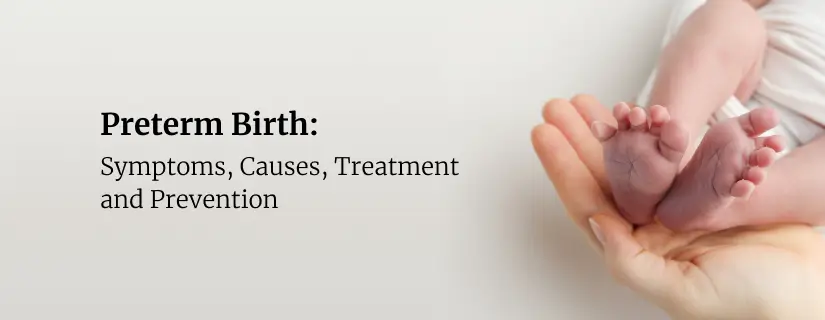
Preterm Birth (Premature Birth): Symptoms, Causes, Treatment and Prevention
13 May 2025
Read More
-
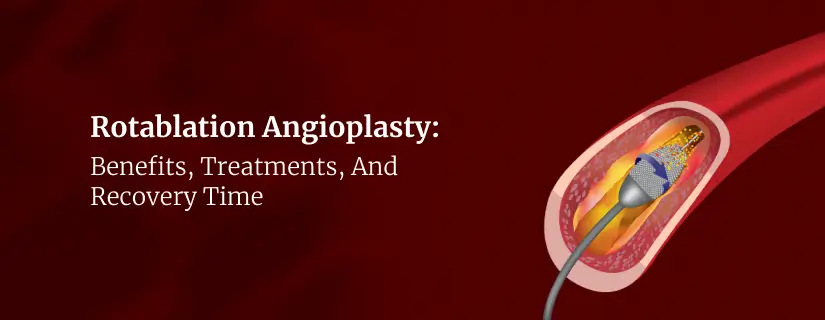
Rotablation Angioplasty: Benefits, Treatments, And Recovery Time
9 May 2025
Read More
-
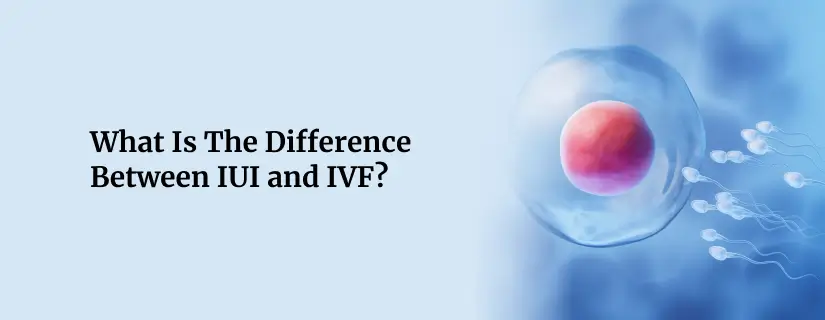
What Is The Difference Between IUI and IVF?
9 May 2025
Read More
-
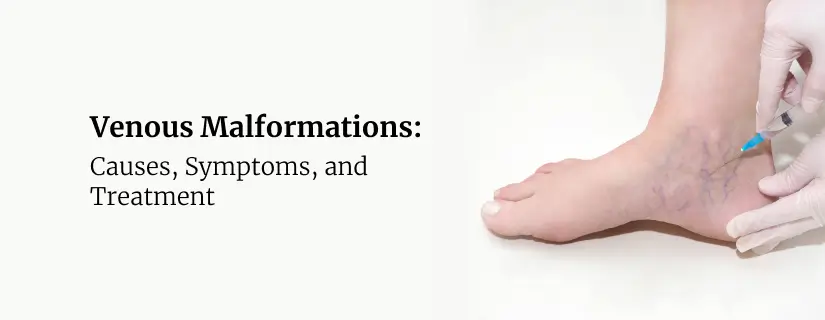
Venous Malformations: Causes, Symptoms, and Treatment
30 April 2025
Read More
-
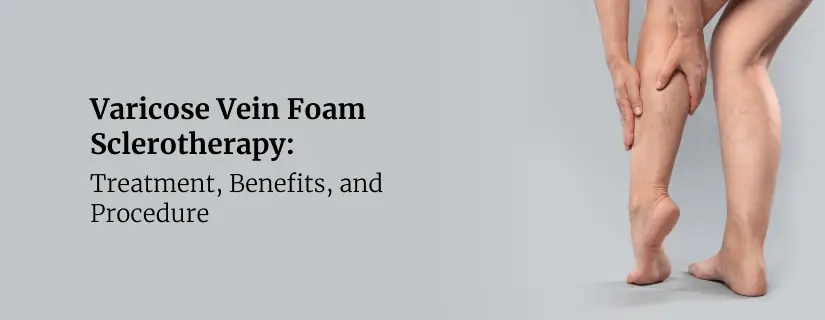
Varicose Vein Foam Sclerotherapy: Treatment, Benefits, and Procedure
30 April 2025
Read More
-
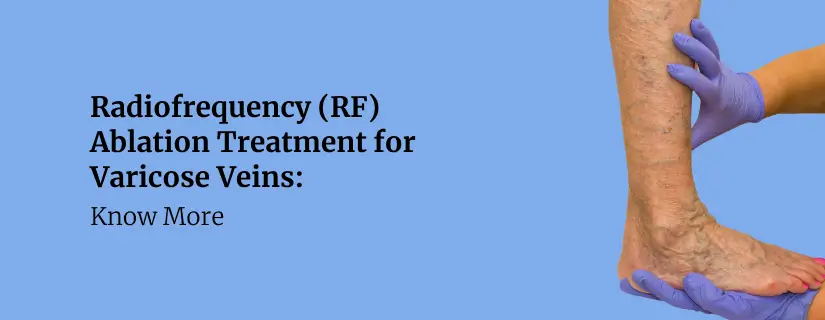
Radiofrequency (RF) Ablation Treatment for Varicose Veins: Know More
30 April 2025
Read More
-

Varicose Vein Sclerotherapy: Treatment, Benefits, and Procedure
30 April 2025
Read More
-
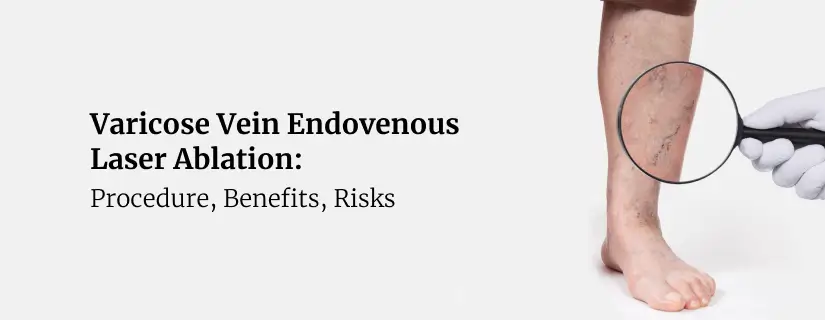
Varicose Vein Endovenous Laser Ablation: Procedure, Benefits, Risks
30 April 2025
Read More
Have a Question?
If you cannot find answers to your queries, please fill out the enquiry form or call the number below. We will contact you shortly.


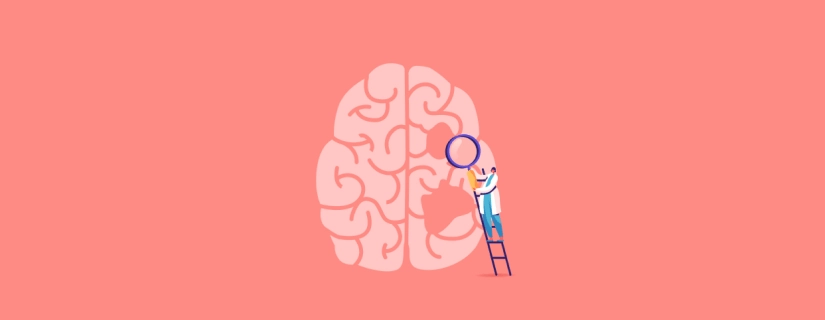
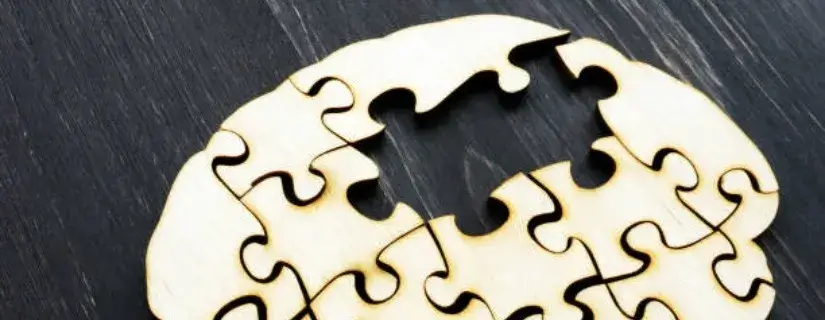
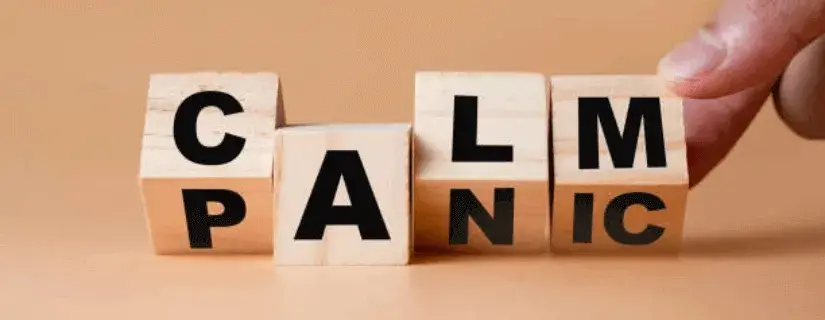
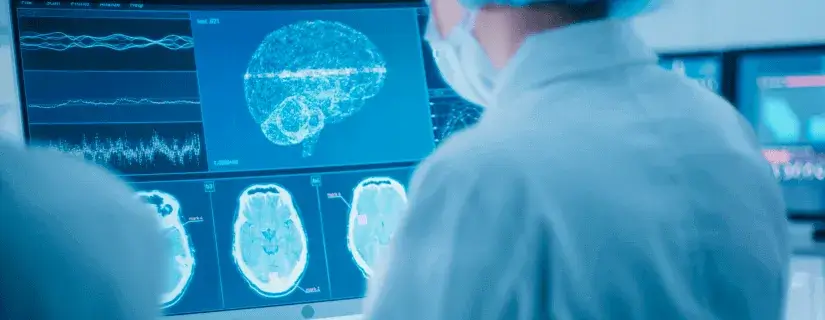
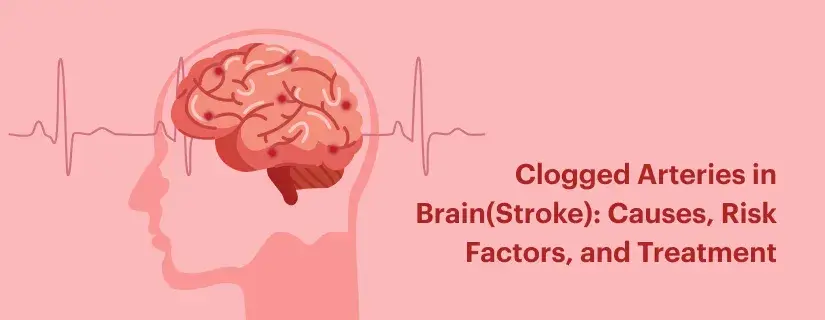
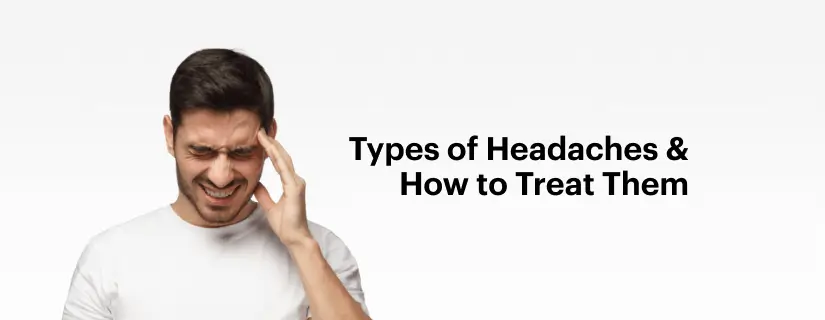

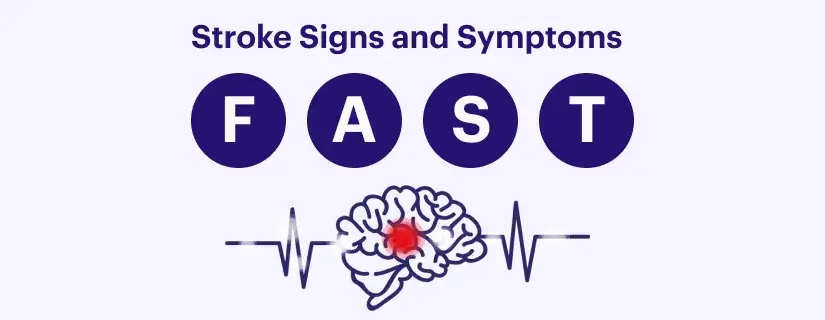
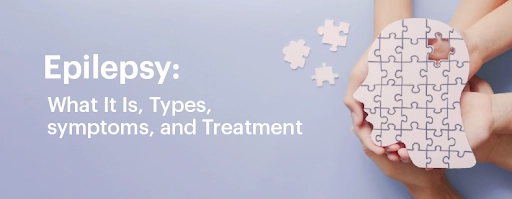
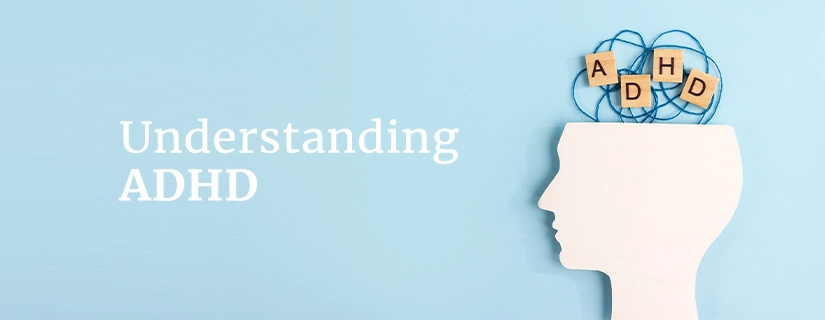
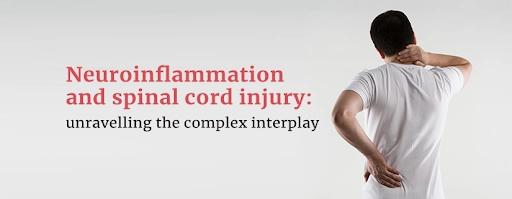
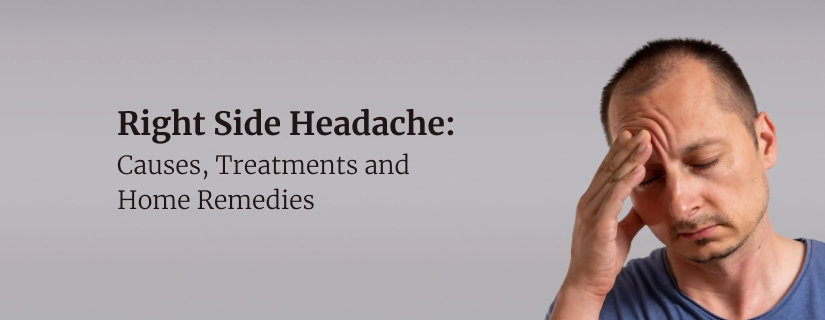
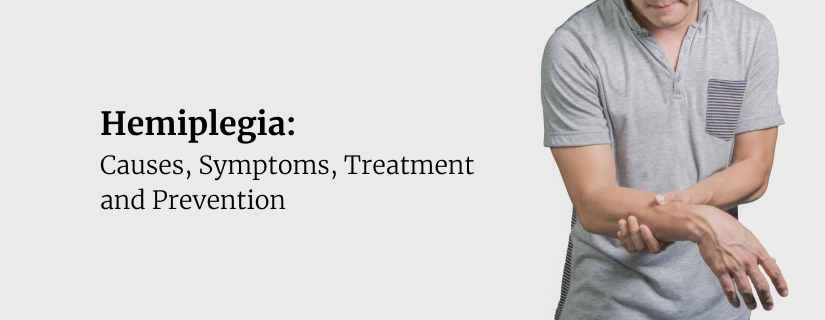
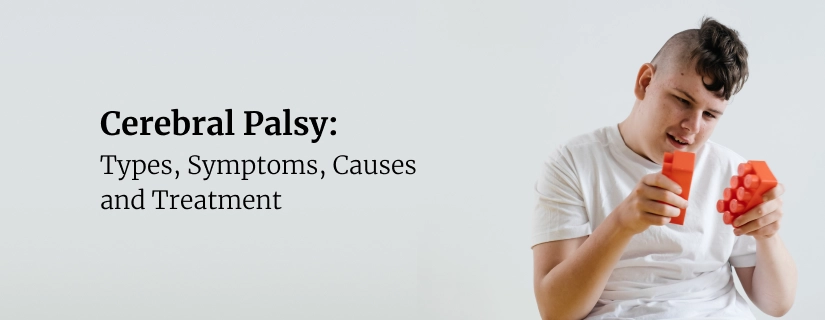
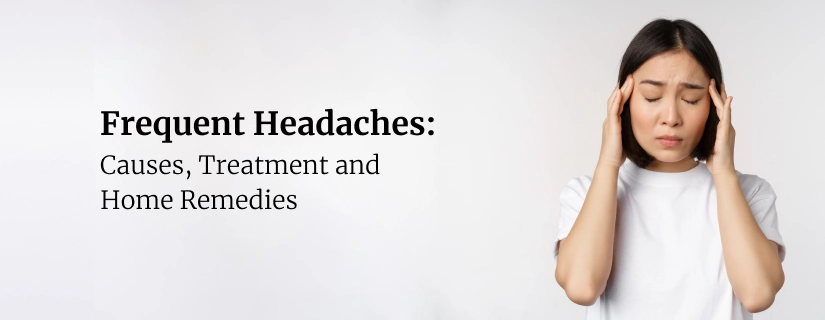
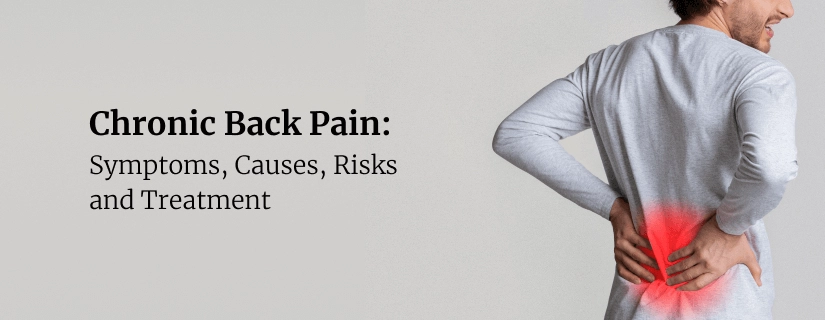
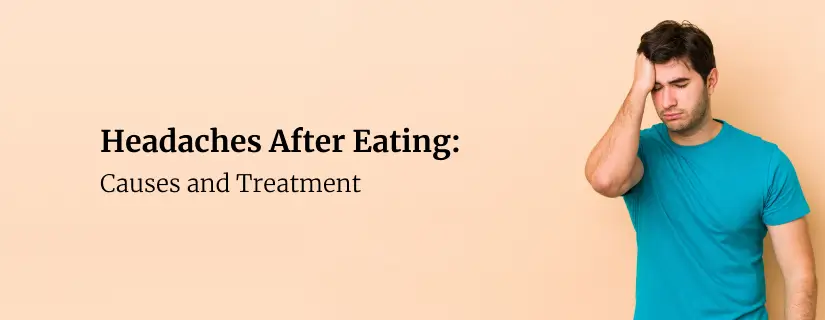
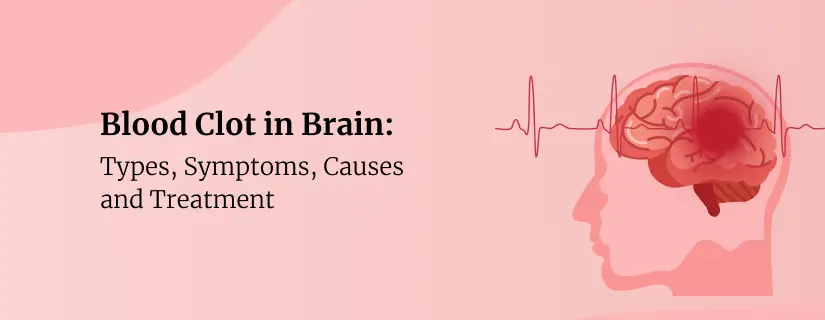
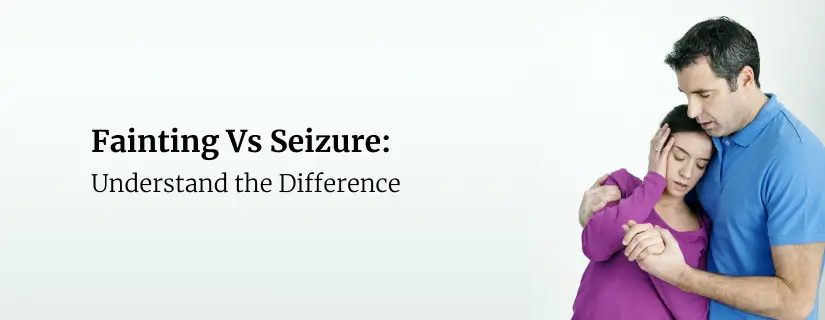
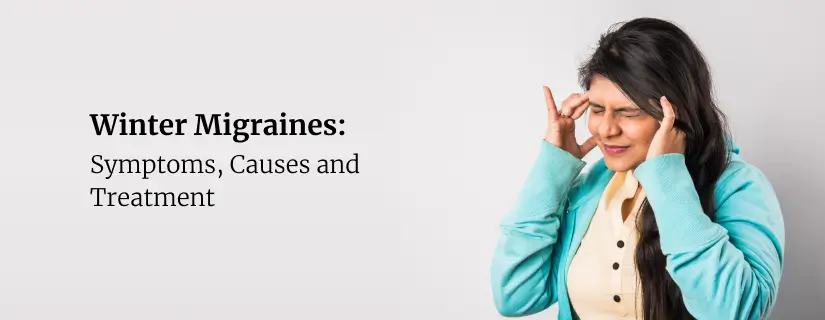
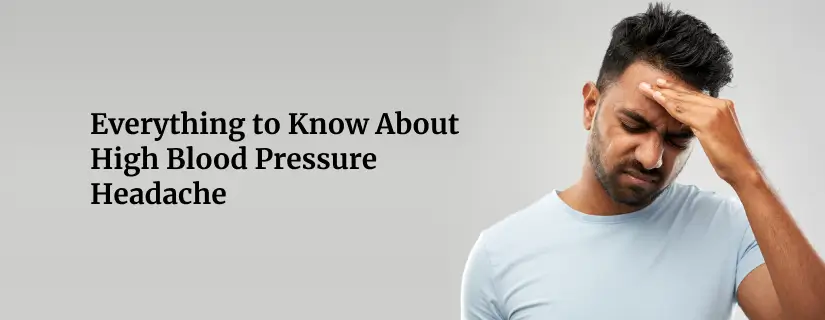
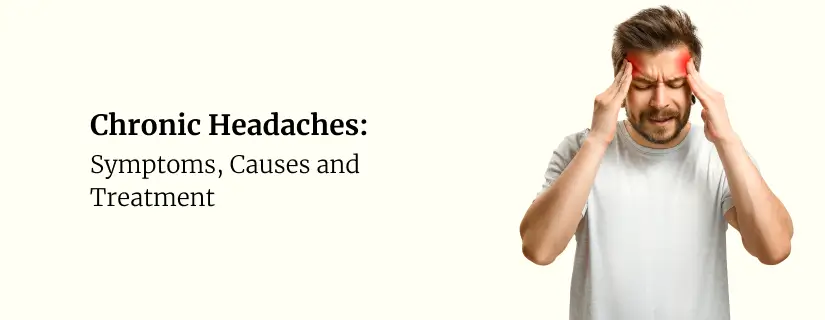
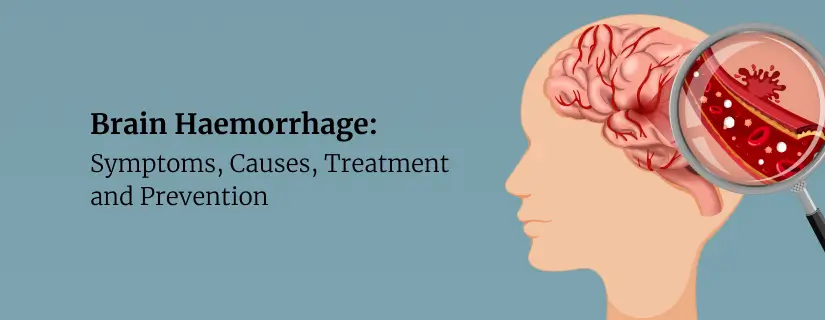
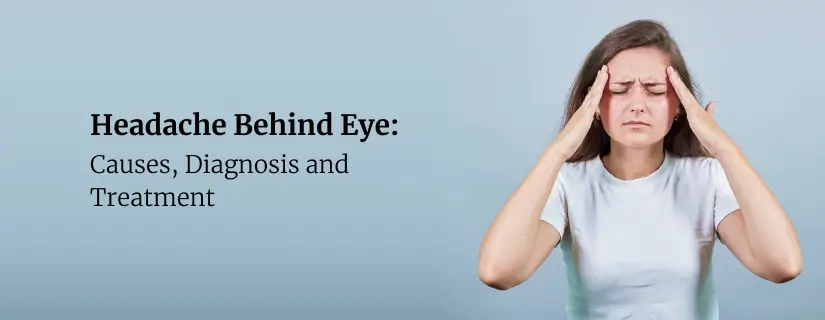
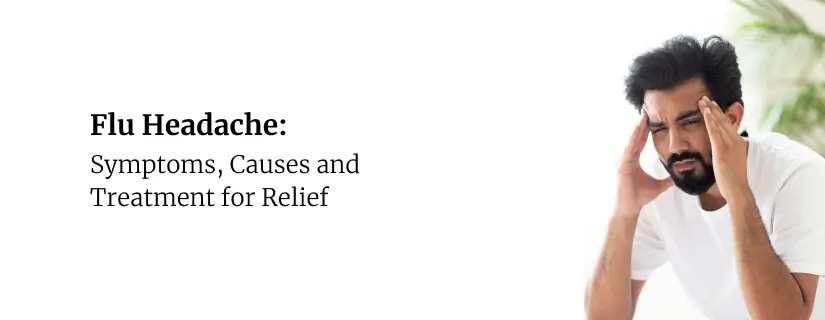
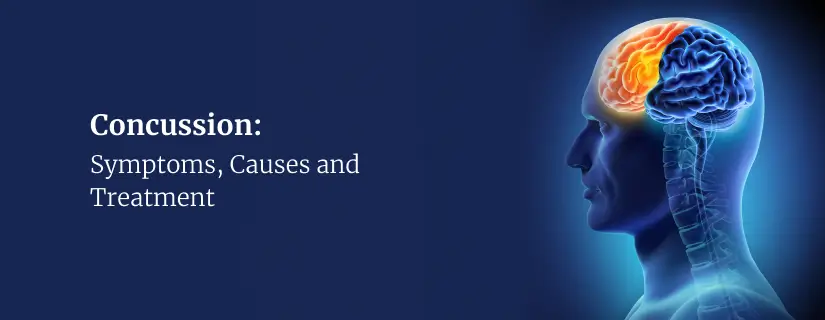
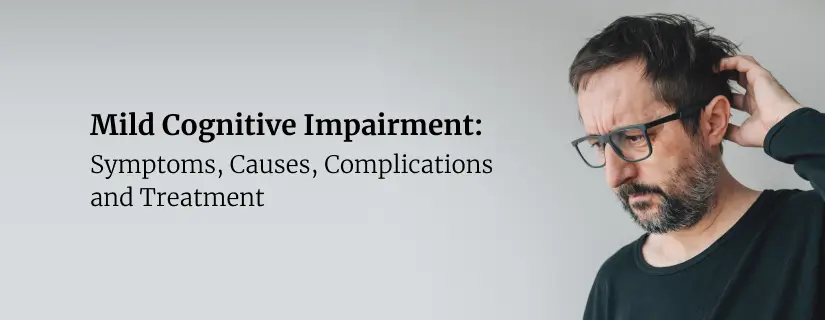
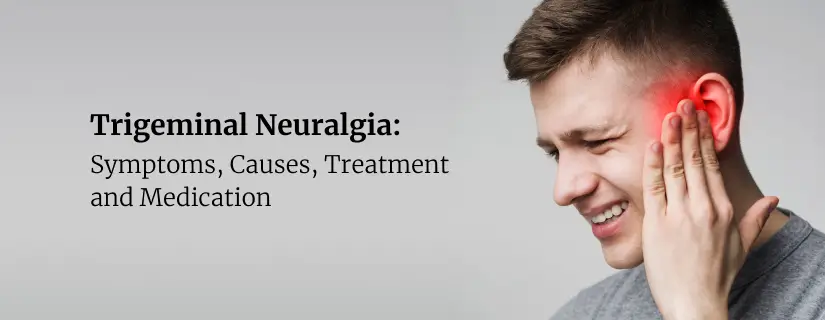
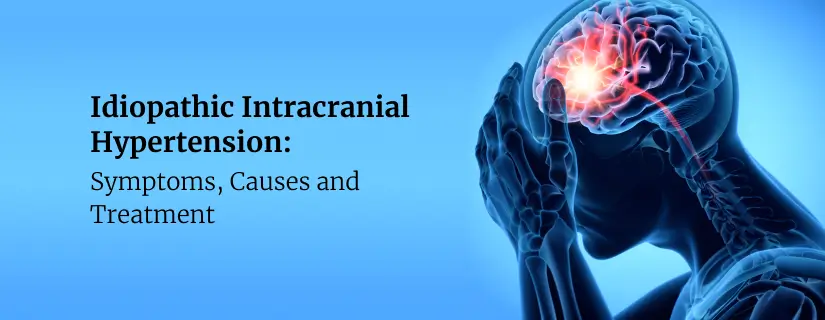
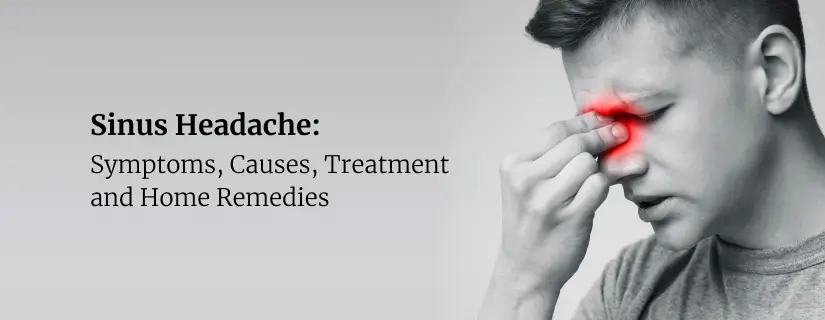
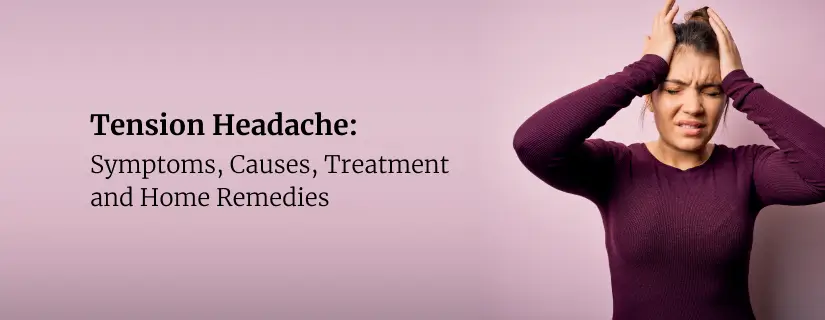
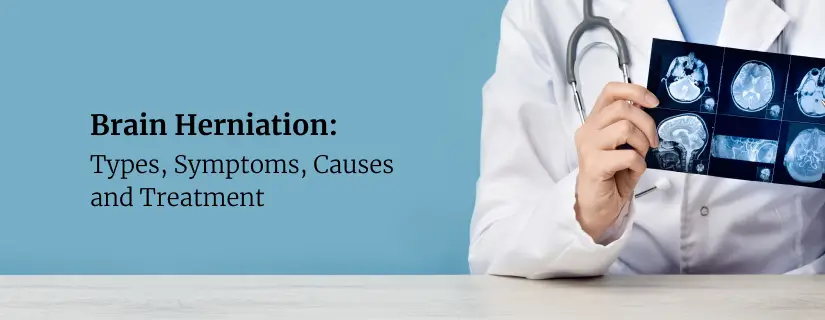
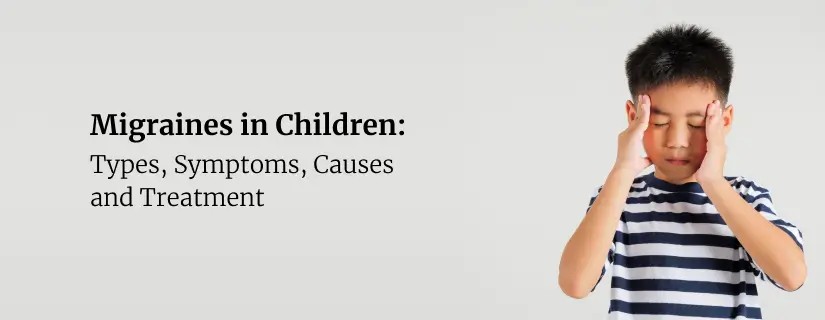
.webp)